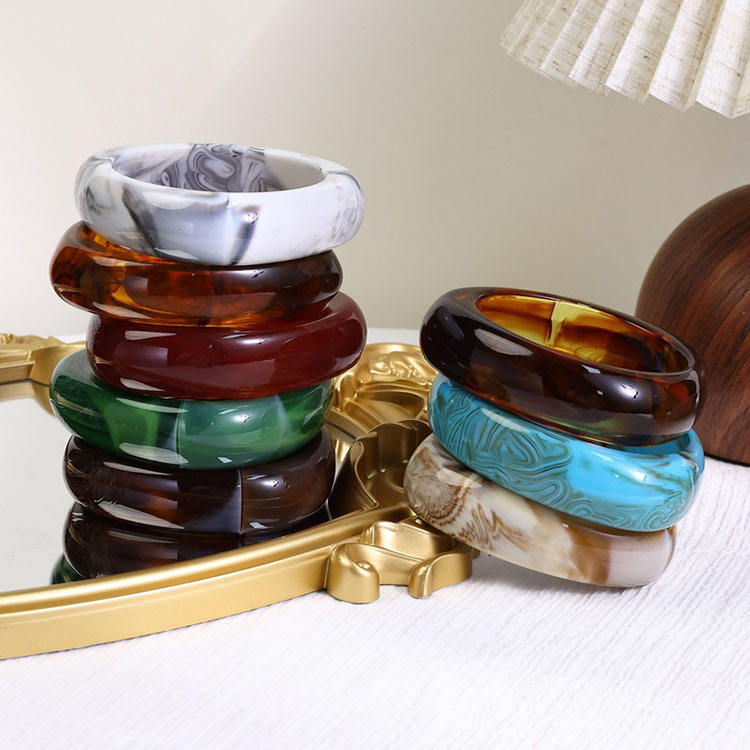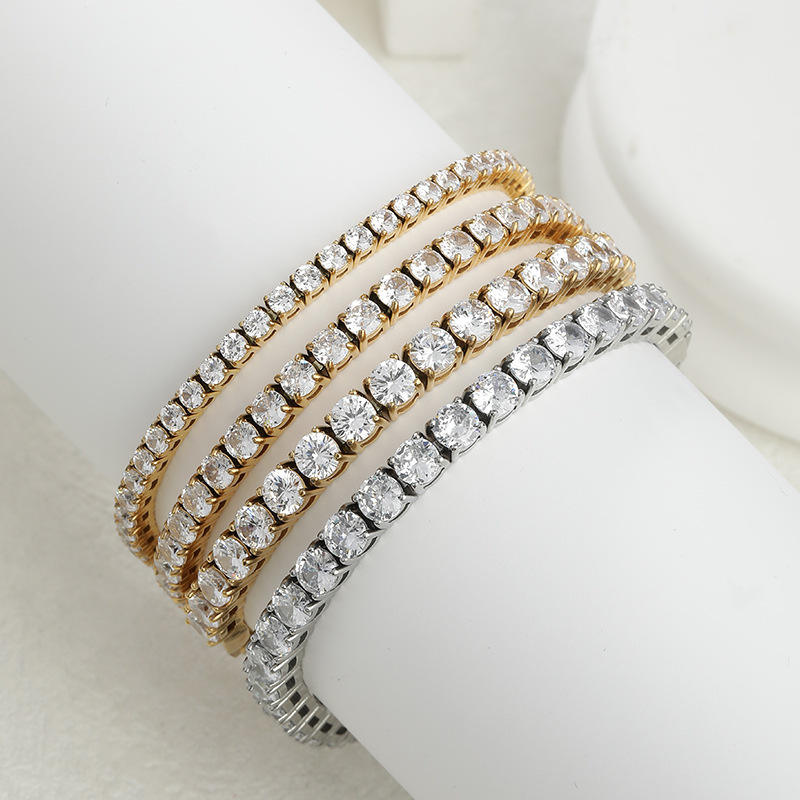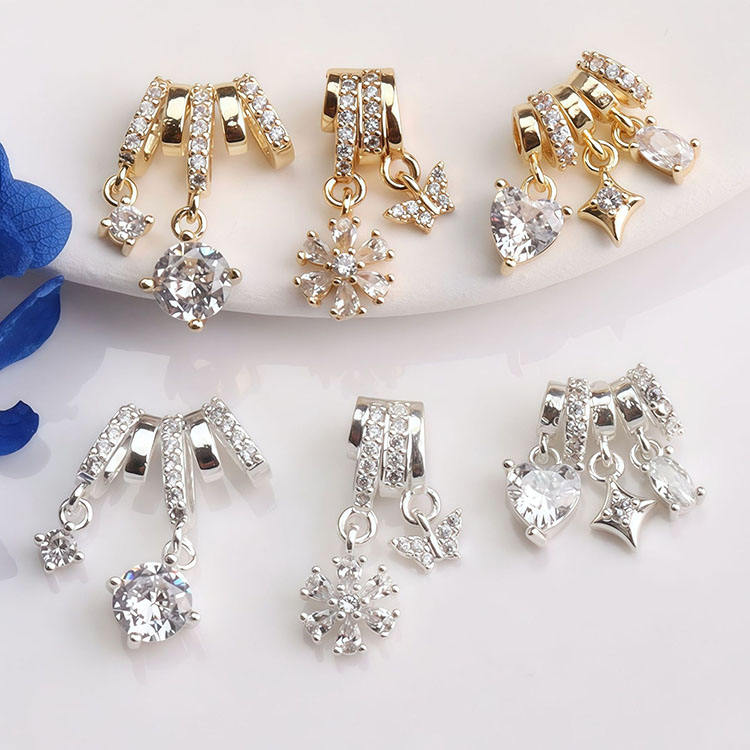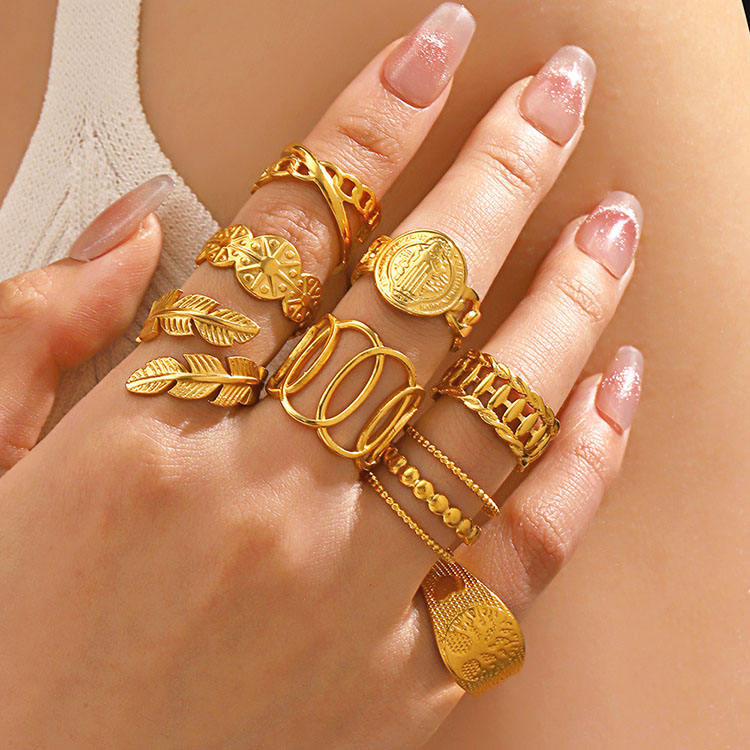Zircon jewelry—celebrated for its diamond-like brilliance and budget-friendly appeal—depends heavily on its setting to keep the gem secure, especially with frequent daily wear. Among the most popular mounting styles for zircon are bezel and prong settings, but a critical question for shoppers and jewelry lovers alike remains: Which design offers better protection against gem loss? The answer is unambiguous: Yes, zircon jewelry featuring bezel settings is generally far more resistant to gem falling off than those with prong settings. This security gap stems from fundamental differences in how each setting anchors the zircon, their structural durability, and how they withstand the rigors of everyday use. Let’s break down the science behind bezel settings’ superior security, when prong settings still make sense, and how to choose the right option for your needs.
1. Why Bezel Settings Are a Fortress for Zircons
A bezel setting consists of a thin, continuous band of metal (typically sterling silver, gold-plated stainless steel, or brass) that wraps fully or partially around the zircon’s girdle—the widest, most stable part of the gem. This design creates a protective barrier that excels at locking zircons in place for three key reasons:
-
1)Continuous Perimeter Support: Unlike prongs, which rely on 3–6 thin tines to cradle the gem, bezels provide 360-degree (or near-360-degree) contact with the zircon’s girdle. This eliminates "weak points" or gaps where the gem could shift, wiggle, or pop out. For instance, a bezel-set zircon ring can withstand accidental knocks against a countertop without the gem dislodging, whereas a prong-set ring might fail if even one tine bends.
-
2)Resilience to Daily Wear: Routine activities—typing, carrying heavy bags, washing dishes, or playing with kids—constantly expose jewelry to friction and impacts. Prong tines are delicate and prone to bending or warping over time, but bezels are either a single solid piece of metal or soldered tightly to the jewelry base. This structural rigidity means bezels rarely deform, maintaining their grip on the zircon for years.
-
3)Edge Protection Reduces Secondary Risks: Zircons (especially synthetic cubic zirconia, CZ) have a Mohs hardness rating of 6–7, making their edges vulnerable to chipping or cracking upon impact. A bezel’s metal rim shields these fragile edges from damage. A chipped zircon loses its snug fit in any setting, but bezels prevent this damage in the first place, further reducing脱落 (fall-off) risk.
2. Why Prong Settings Pose Higher Zircon Loss Risks
Prong settings are beloved for maximizing zircon sparkle—their open design lets more light penetrate the gem than bezels—but their structural tradeoffs make them less secure for long-term, high-wear use:
-
1)Fragile Tine Construction: Prong tines are intentionally thin to avoid obscuring the zircon’s brilliance, but this thinness makes them fragile. A minor mishap—like closing a drawer on a prong-set zircon bracelet or catching it on clothing—can bend, loosen, or even snap a tine. Losing support from just one tine creates enough space for the zircon to shift, and repeated wear only worsens this risk as tines gradually weaken.
-
2)Exposed Girdle = Greater Movement: Prongs only make contact with the zircon at a handful of points, leaving most of the girdle exposed. This means the gem can wiggle slightly with daily activity, especially if the prongs weren’t tightened properly during manufacturing. Over time, this movement wears down the prong-gem interface, creating gaps that increase脱落 (fall-off) risk.
-
3)Constant Maintenance Requirements: To keep prong-set zircons secure, you need to inspect and tighten tines every 3–6 months—something most shoppers forget. A single loose tine that goes unaddressed can lead to sudden gem loss, a concern that’s nearly non-existent with bezel settings (which require minimal security-related maintenance).
3. When to Choose Prong Settings (Despite Lower Security)
While bezel settings reign supreme for security, prong settings still have a valuable place in zircon jewelry—especially when aesthetics take priority over maximum durability:
-
1)Maximizing Sparkle for Statement Pieces: Prongs hold the zircon higher off the jewelry base (called "lift") and leave most of the gem’s surface exposed. This allows light to reflect off the zircon from all angles, enhancing its brilliance. For cocktail rings, pendant necklaces, or earrings where sparkle is the star, prong settings are worth the tradeoff—just avoid wearing them during high-impact activities.
-
2)Small or Delicate Zircons: For tiny zircons (under 2mm, often used in stacking rings or ear crawlers), bezel settings can overwhelm the gem, making it look lost in metal. Prongs (usually 3–4 small ones) keep small zircons secure enough for light wear while letting their sparkle shine through.
-
3)Vintage or Minimalist Aesthetics: Prong settings have a timeless, classic look that complements vintage-inspired designs (like Art Deco-style pieces) or minimalist solitaries. A simple 4-prong zircon ring exudes elegance, and as long as you inspect the prongs regularly, it’s safe for occasional wear.
4. Pro Tips to Boost Zircon Security in Any Setting
No matter which setting you choose, these habits will help keep your zircon securely in place:
-
1)Inspect Regularly: For prongs, check monthly for bent, loose, or broken tines—visit a jeweler for tightening if needed. For bezels, ensure the metal rim hasn’t lifted (rare, but possible with extreme force like dropping a heavy object on it).
-
2)Remove During High-Risk Activities: Take off zircon jewelry before gardening, working out, cleaning with harsh chemicals, or doing manual labor—even bezels can be damaged by extreme pressure.
-
3)Choose Quality Metals: Opt for settings made with durable metals (stainless steel, sterling silver) over cheap, flimsy brass. A well-crafted bezel or prong setting (with thick, properly soldered components) will hold the zircon more securely than a low-quality alternative.
In summary, bezel settings are the clear choice if you want to minimize zircon loss—their continuous metal support and structural resilience make them perfect for daily wear, busy lifestyles, or anyone who hates worrying about gem security. Prong settings shine for statement pieces or delicate designs, but they require more vigilance to keep zircons in place. By matching the setting to your wear habits and priorities, you can enjoy your sparkling zircon jewelry for years without fear of losing the gem.









